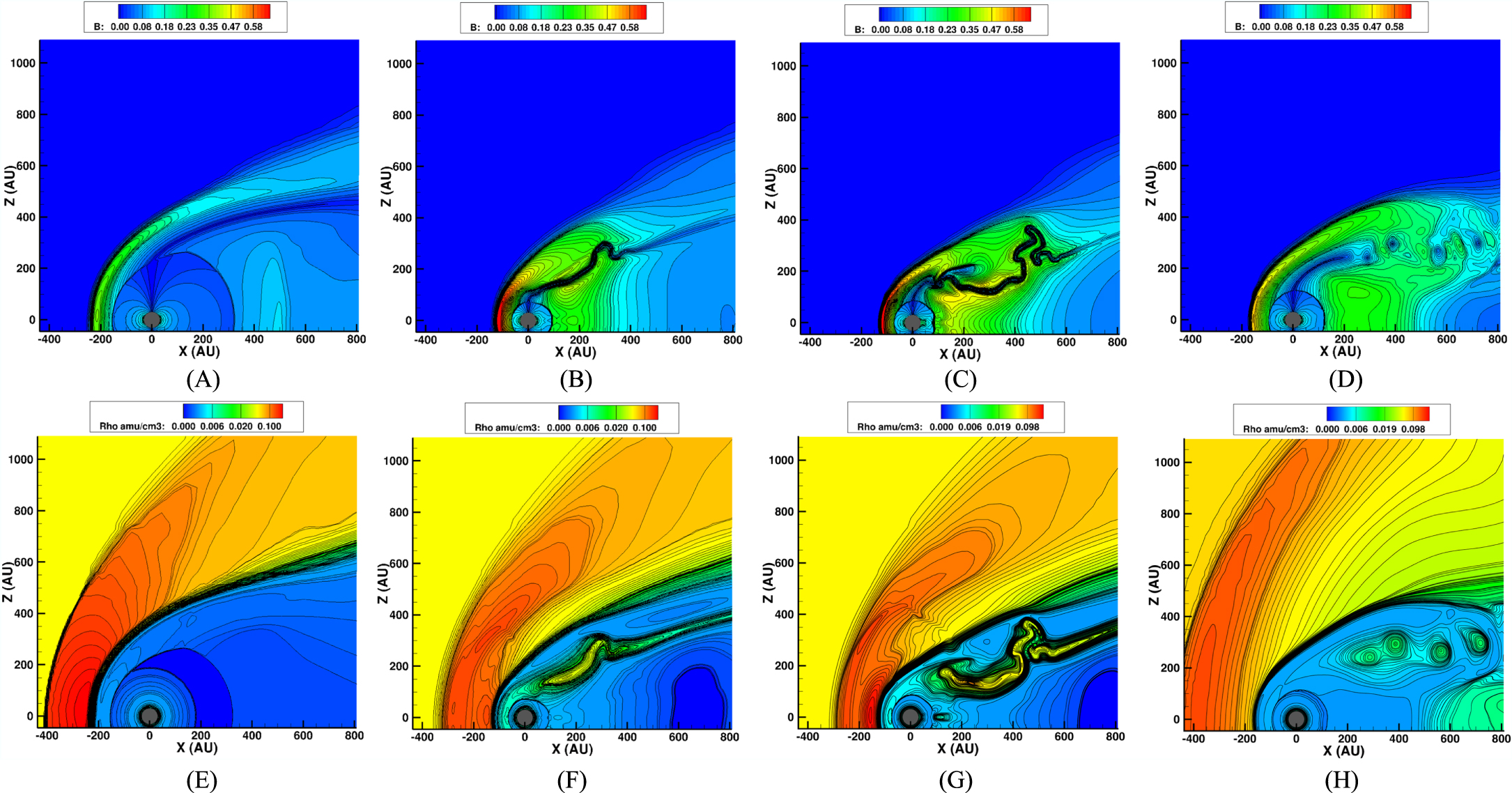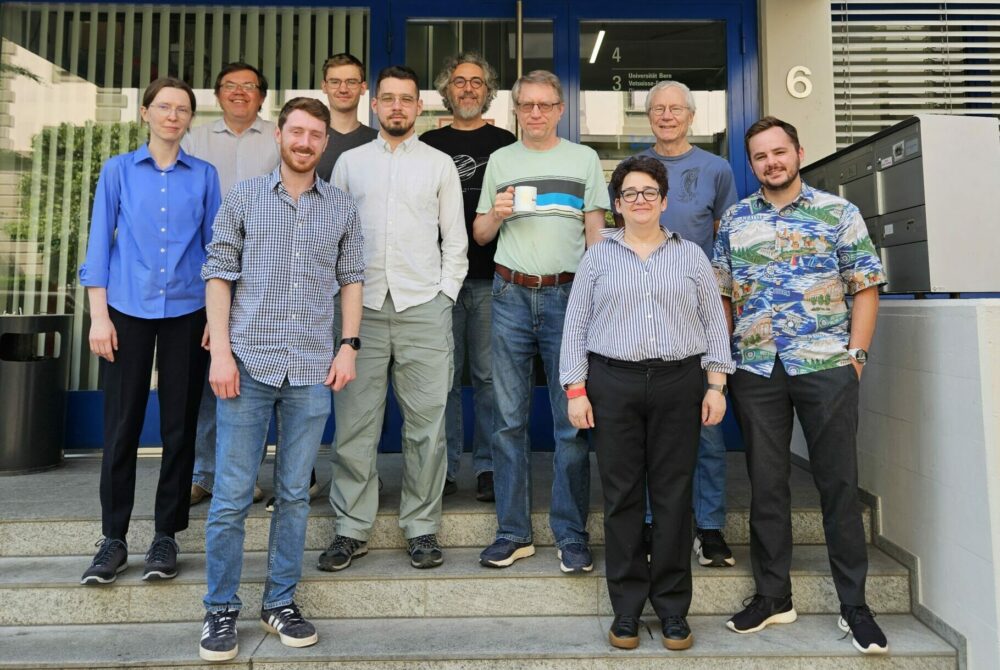Physical Processes and Drivers of Particle Acceleration in the Heliospheric Tail As Seen Through ENAs and Interstellar Lyman-α Absorption
The shape of the heliosphere is still a topic of great debate in the heliophysics community. Models suggest that the heliosphere may either have a long comet-like tail extending for thousands of au or it may have a short tail with plasma flows in the shocked solar wind being diverted to two high latitude jets. Currently, the primary means of observing the heliotail are indirect: energetic neutral atoms (ENAs) and interstellar Lyman-alpha (Lyα) absorption. It is currently impossible to distinguish models of the tail of the heliosphere partially due to the source region of ENAs being shorter than the heliotail itself or due to a lack of appropriate global modeling and observations for Lyα to date. The proposed ISSI team would use the available measurements of ENAs, Lyα absorption spectra towards nearby stars, and different magnetohydrodynamic (MHD) models of the heliosphere, as well as different ENA and Lyα models in conjunction with a kinetic-fluid model to identify observational signatures related to potential turbulence and magnetic reconnection in the heliotail. Thus, we propose a new method of discerning physical phenomena in the heliotail through particle acceleration in turbulent regions, which extends viewing path lengths for ENAs. We will compare our ENA and Lyα model results with present observations to investigate signatures for turbulence and reconnection in the heliotail. This study will set a foundation for the data interpretation of the upcoming IMAP mission that will extend the energy range for ENA measurement to probe deeper into the heliosphere.

Figure: A Rayleigh-Taylor instability develops in the heliosphere over time due to the effects of charge exchange (Opher et al. 2021). Top shows magnetic field intensity, bottom shows plasma density. Left panels: steady state heliosphere in absence of charge exchange between ions and neutrals. From left to right for remaining panels: 32 years, 48 years, and 1346 years after charge exchange begins. The instability leads to plasmoids in the high-latitude heliotail.

